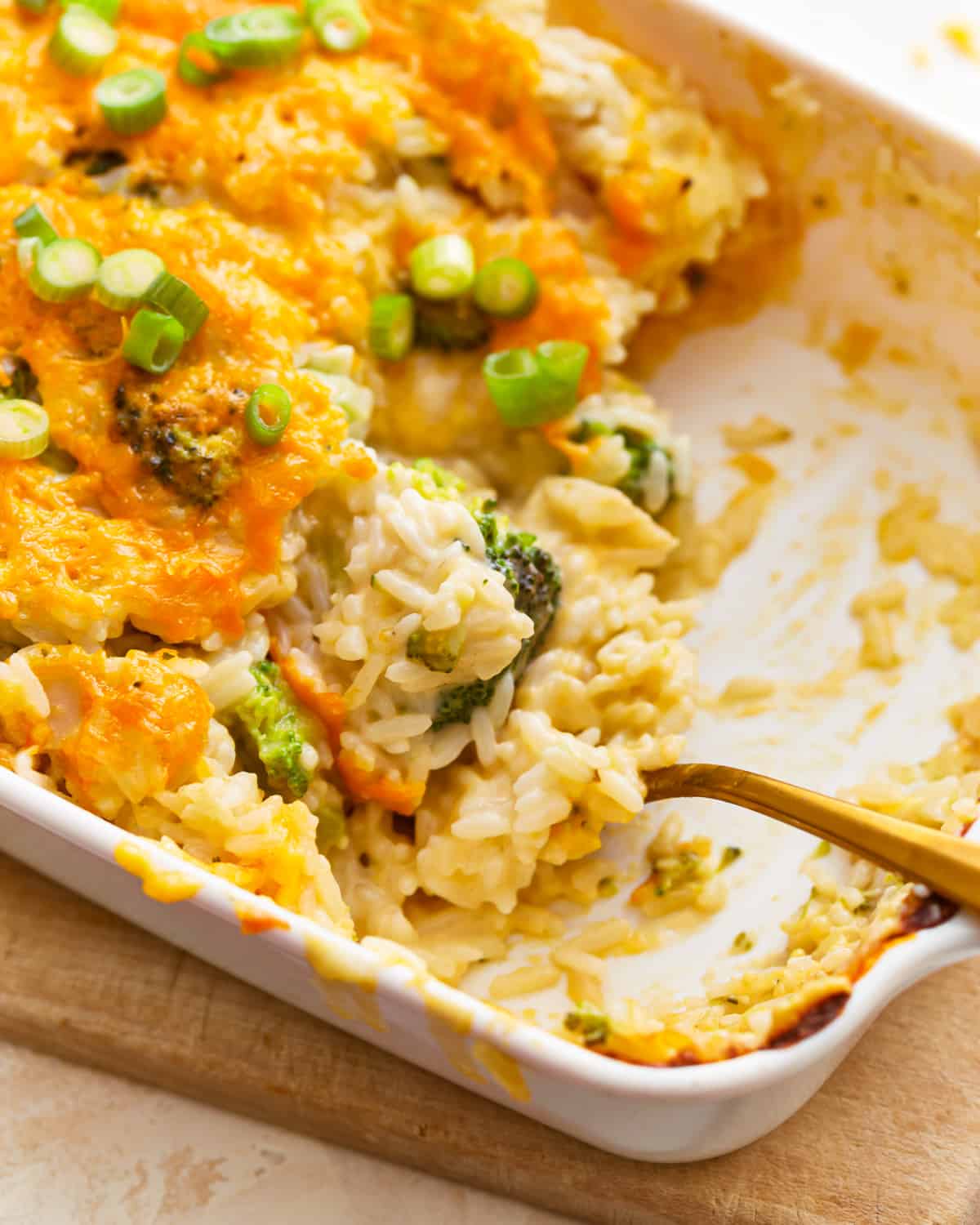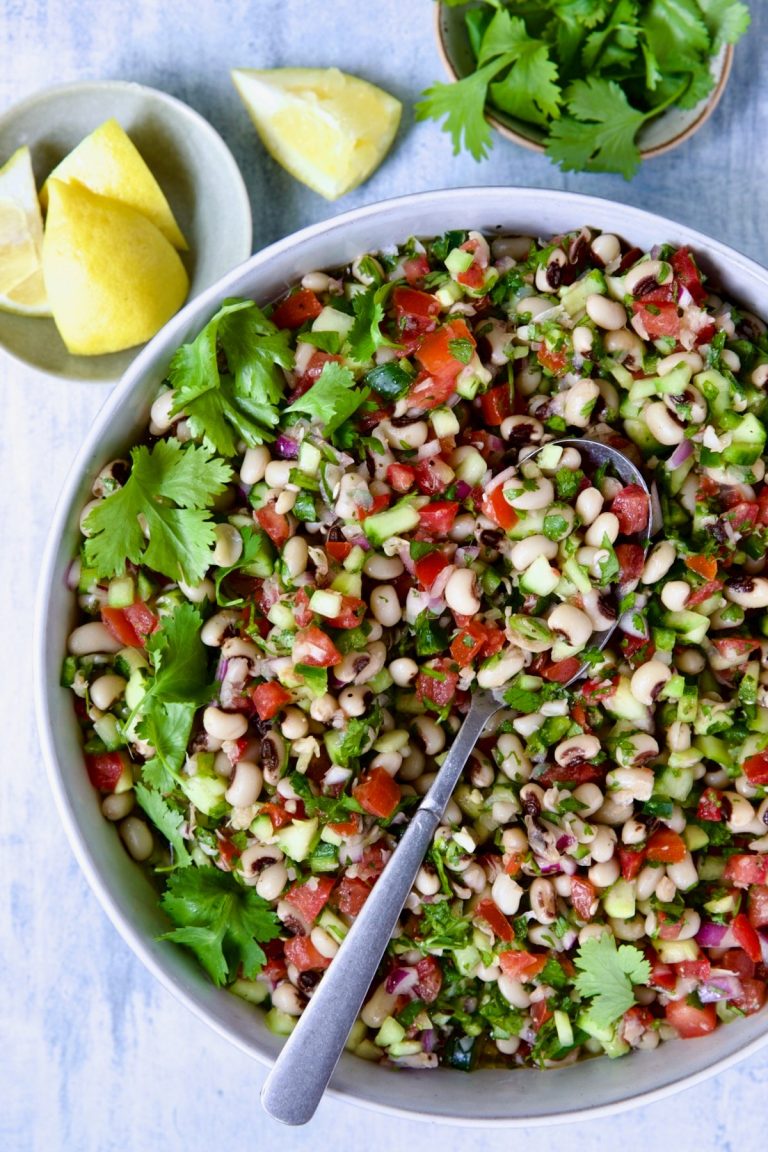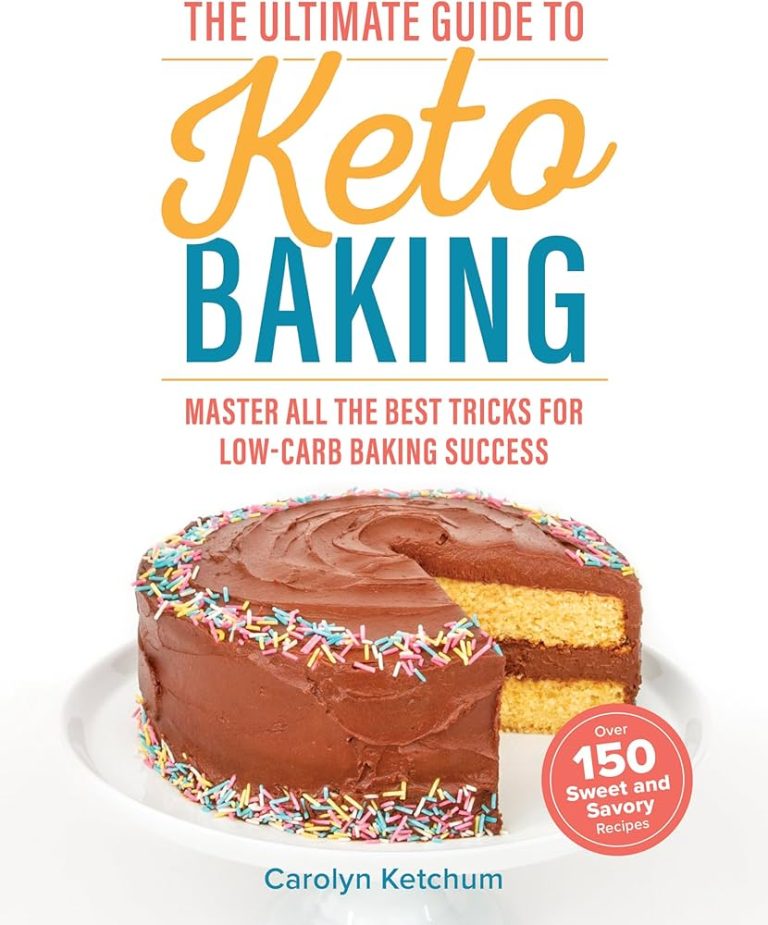Broccoli Casserole With Rice: A Classic Comfort Food Recipe and Serving Tips
Broccoli casserole with rice gained popularity in American cuisine during the mid-20th century. As convenience foods rose in popularity, home cooks started combining fresh and pantry ingredients into single-dish meals. The post-World War II era saw a surge in casserole dishes, with families looking to create hearty, filling meals that required minimal effort. Canned soups, often used as a binding agent, played a significant role in the development of casserole recipes like this one. Broccoli, introduced to the United States in the early 20th century, became a favorite ingredient due to its versatility and nutrient density.
Regional Variations
Different regions across the United States adapted broccoli casserole with rice to suit local tastes and ingredient availability. In Southern states, you often find versions incorporating cheddar cheese and cream of mushroom soup. Midwestern adaptations might include additional vegetables like carrots and onions. Some versions in the Northeast add a breadcrumb topping for extra texture. Each variation highlights the regional culinary influences, demonstrating how a simple dish can transform through localized creativity.
The historical and regional evolution of broccoli casserole with rice showcases its adaptability and enduring appeal in American homes.
Key Ingredients for Broccoli Casserole With Rice
Importance of Fresh Broccoli
Fresh broccoli is essential for a flavorful broccoli casserole with rice. Opt for bright green florets and firm stalks when selecting broccoli to ensure maximum freshness. Fresh broccoli not only enhances the casserole’s taste but also boosts its nutritional value with vitamins C and K. Using fresh broccoli rather than frozen options results in a better texture and prevents excess water from altering the dish’s consistency. Blanch the fresh broccoli briefly before adding it to the casserole to maintain its vibrant color and slightly crisp texture.
Choosing the Right Rice
Selecting the appropriate rice is crucial for a successful broccoli casserole with rice. Long-grain varieties, such as basmati or jasmine, provide a fluffy and separate texture, ideal for casseroles. Short-grain and medium-grain rice become stickier, which might not be suitable for this dish. Ensure the rice is fully cooked before mixing it with other ingredients, as undercooked rice will absorb moisture from the casserole, messing up the dish’s balance. Use about 1 cup of uncooked rice to yield 3 cups of cooked rice, providing the perfect base for the casserole’s flavors.
Step-by-Step Cooking Guide
Preparing the Ingredients
Gather fresh broccoli, long-grain rice, cheese, and suitable seasonings to start. Chop the broccoli into bite-sized pieces. For rice, cook until tender and fluffy. Ensure cheese is shredded for easy melting. Combine rice with a cream-based sauce in a large bowl, then mix in the broccoli. Season with salt, pepper, and garlic powder for a balanced profile.
Baking the Casserole
Preheat your oven to 350°F (175°C). Transfer the mixture to a greased baking dish. Spread evenly, ensuring uniform cooking. Top with additional cheese for a golden crust. Bake for 25-30 minutes or until the top is bubbly and slightly browned. Allow to cool for five minutes before serving to achieve the best texture.
By following these steps, you ensure a properly cooked broccoli casserole with rice that’s flavorful and comforting.
Nutritional Value of Broccoli Casserole With Rice
Health Benefits of Broccoli
Broccoli offers significant nutritional benefits. Rich in vitamins C and K, it supports your immune system and bone health. Vitamin C acts as an antioxidant, while vitamin K is essential for blood clotting and bone metabolism. Broccoli also contains fiber, aiding digestion and maintaining healthy gut bacteria. The vegetable is a great source of folate, which is important for cell growth and functioning. Broccoli provides essential minerals like potassium for heart health, and iron for oxygen transport in your blood.
Caloric Content Breakdown
The caloric content of broccoli casserole with rice varies depending on ingredients. A typical serving (1 cup) of the casserole may contain around 250-300 calories. Here’s a breakdown of key components:
- Broccoli: Approximately 31 calories per cup, providing nutritional density with minimal caloric impact.
- Rice: One cup of cooked rice adds around 205 calories, contributing the bulk of carbohydrates.
- Cheese: Depending on the type, cheese can add between 100-150 calories per 1/4 cup. It’s a major source of fat and protein.
- Cream-Based Sauce: Adds roughly 50-100 calories per serving, depending on ingredients like cream or condensed soup.
These values give an estimate, offering a balanced overview of calories and nutrients in the dish.
Serving Suggestions
Best Accompaniments
Pair broccoli casserole with rice with dishes that complement its flavors and textures. Roasted chicken provides a protein-rich option, balancing the casserole’s creamy nature. Grilled fish like salmon adds a light, refreshing element. Steamed vegetables, such as carrots or green beans, introduce extra nutrients and maintain a cohesive, health-conscious meal. For a starchy component, garlic bread or dinner rolls enhance the overall dining experience without overpowering the main dish.
Creative Presentation Ideas
Enhance the visual appeal of broccoli casserole with rice using simple, creative techniques. Serve individual portions in ramekins or small baking dishes to create an elegant, personalized touch. Garnish with fresh herbs like parsley or chives for added color and a burst of flavor. For a festive occasion, use a ring mold to shape the casserole into a decorative centerpiece. You can also layer the casserole with additional ingredients such as sautéed mushrooms or bell peppers for a visually dynamic and flavorful dish.
Conclusion
Broccoli casserole with rice is a timeless dish that brings both comfort and nutrition to your table. By using fresh ingredients and proper preparation techniques, you can elevate this classic recipe to new heights. Whether you’re serving it as a side or a main course, pairing it with roasted chicken, grilled fish, or steamed vegetables will create a well-rounded meal. Get creative with your presentation to make it visually appealing and even more delicious. Enjoy the versatility and rich flavors this dish has to offer, and make it a staple in your culinary repertoire.





